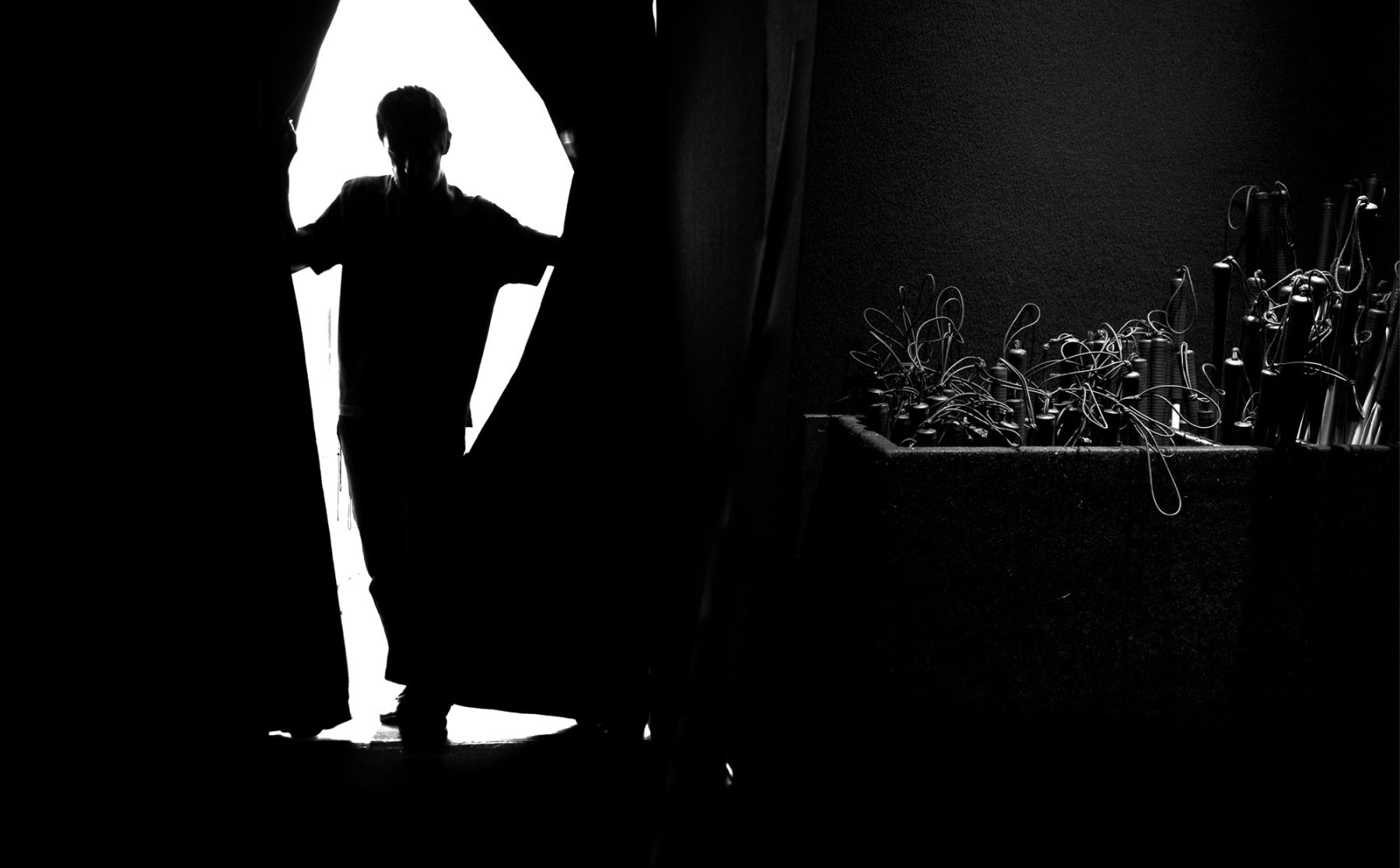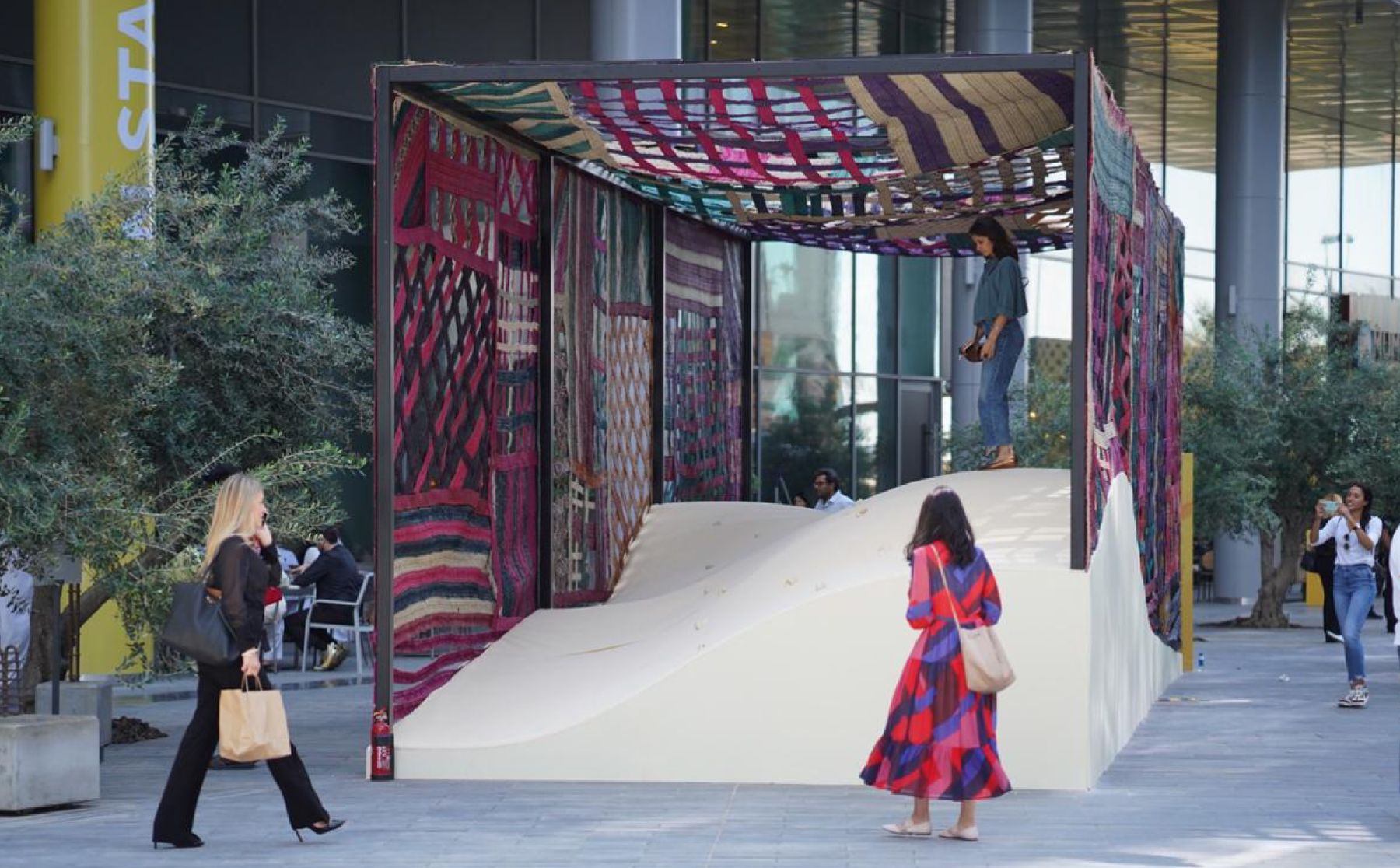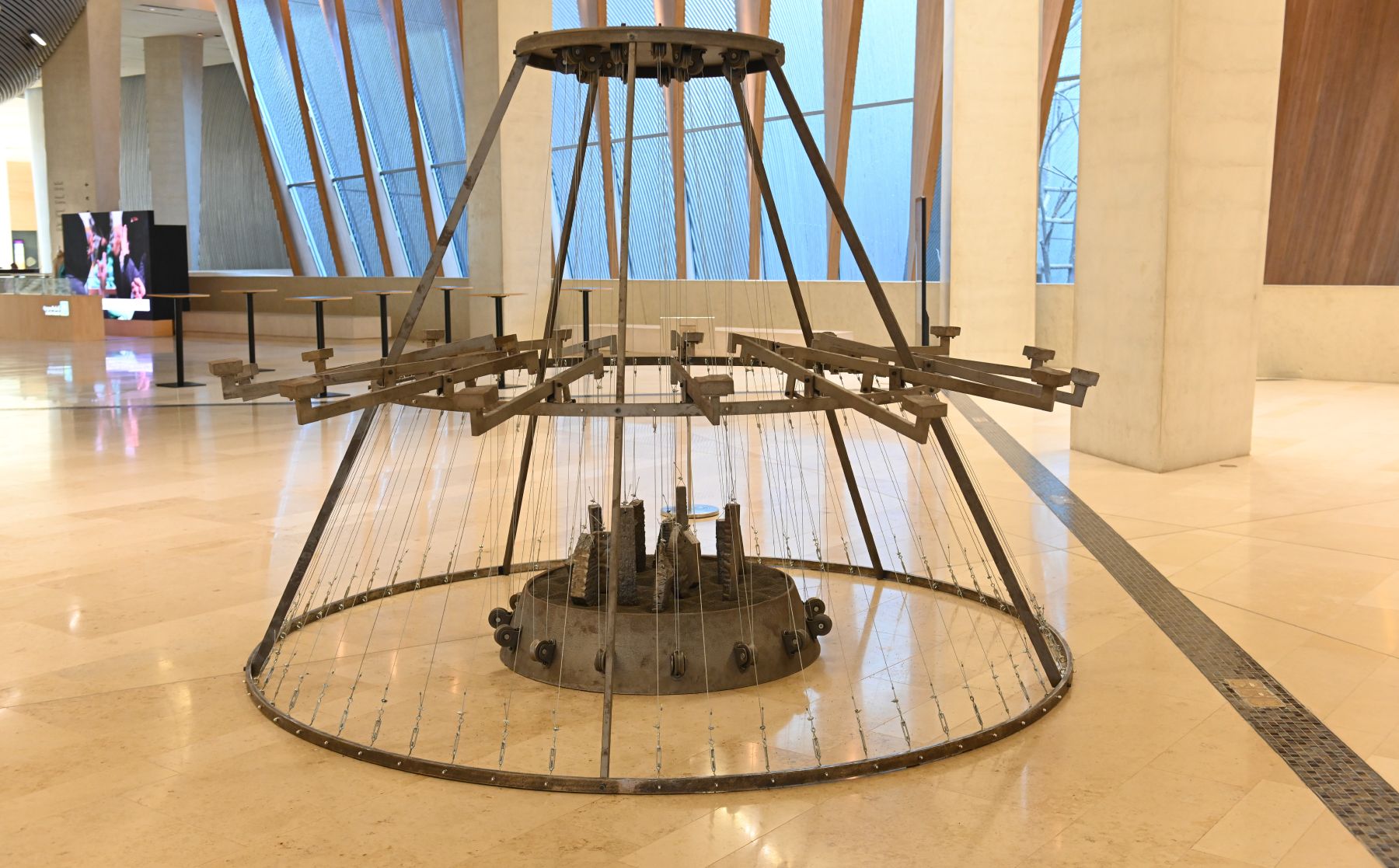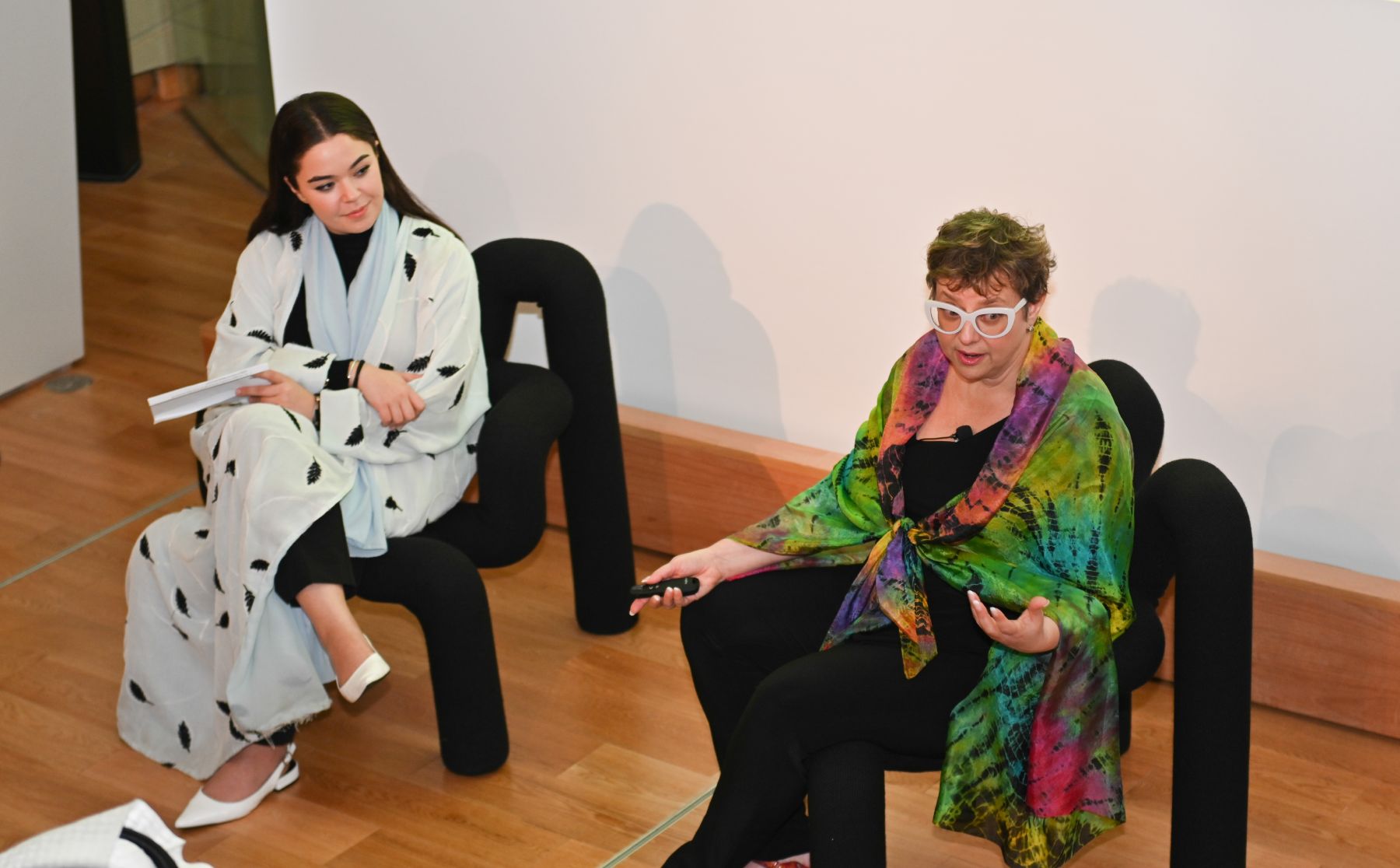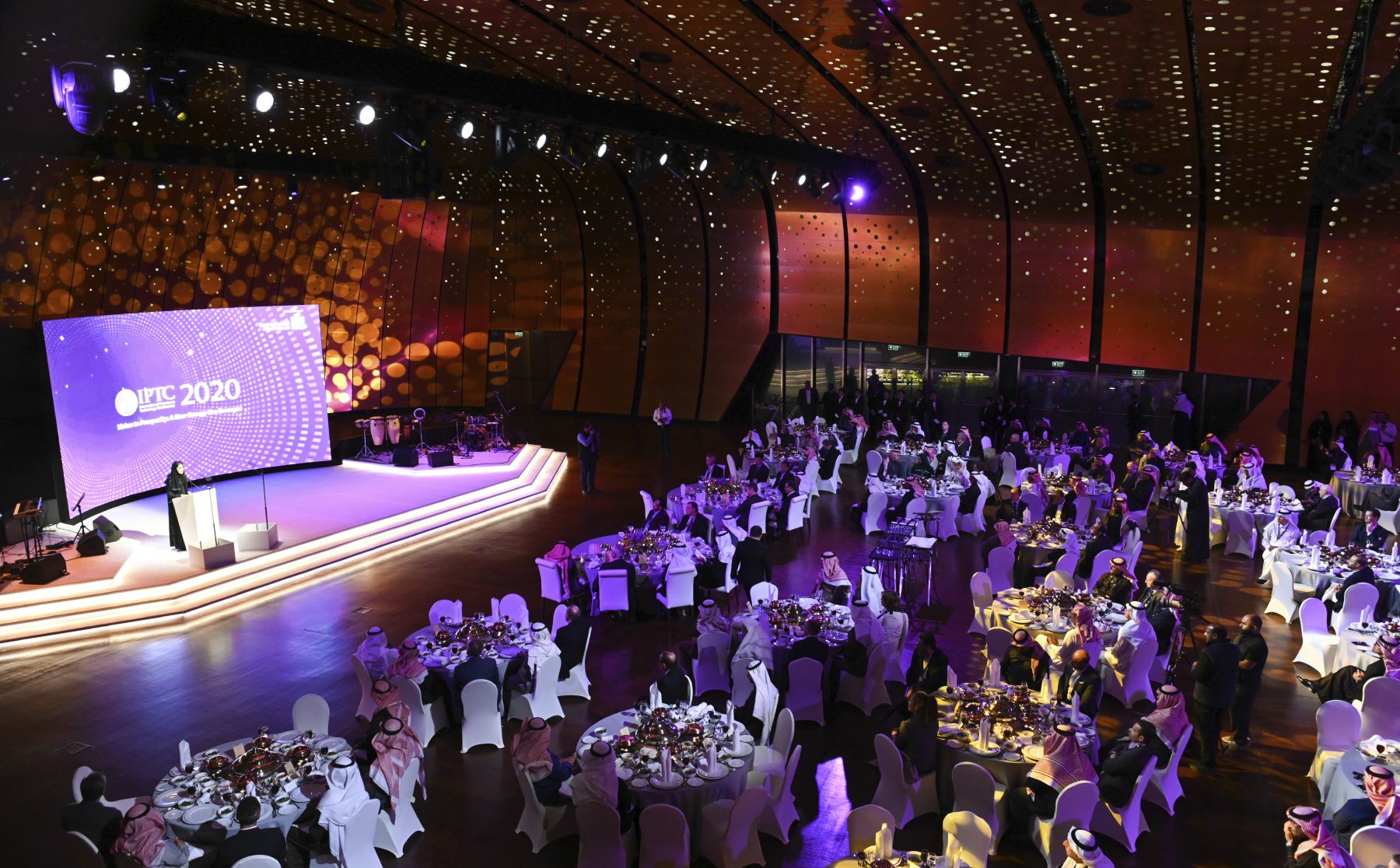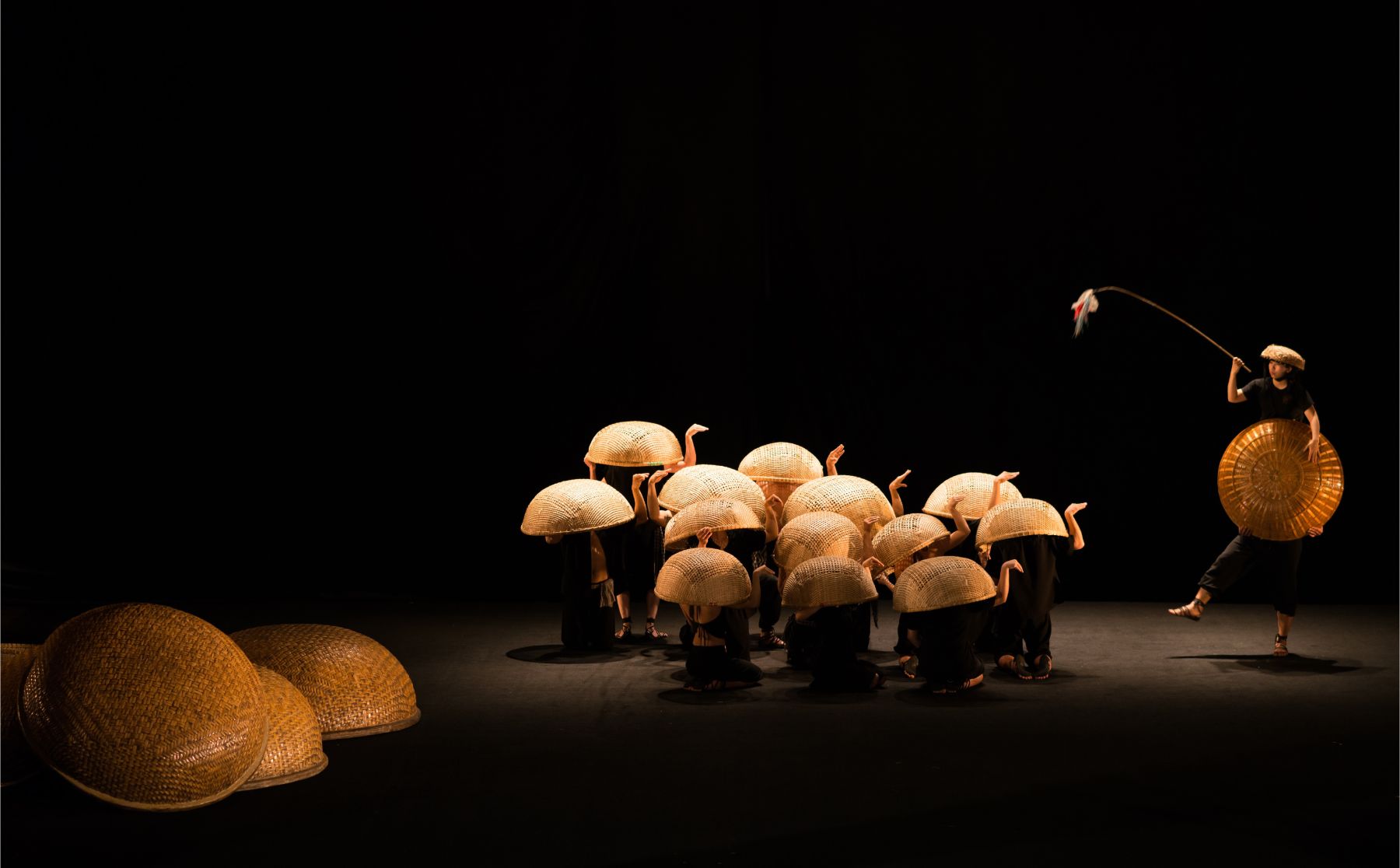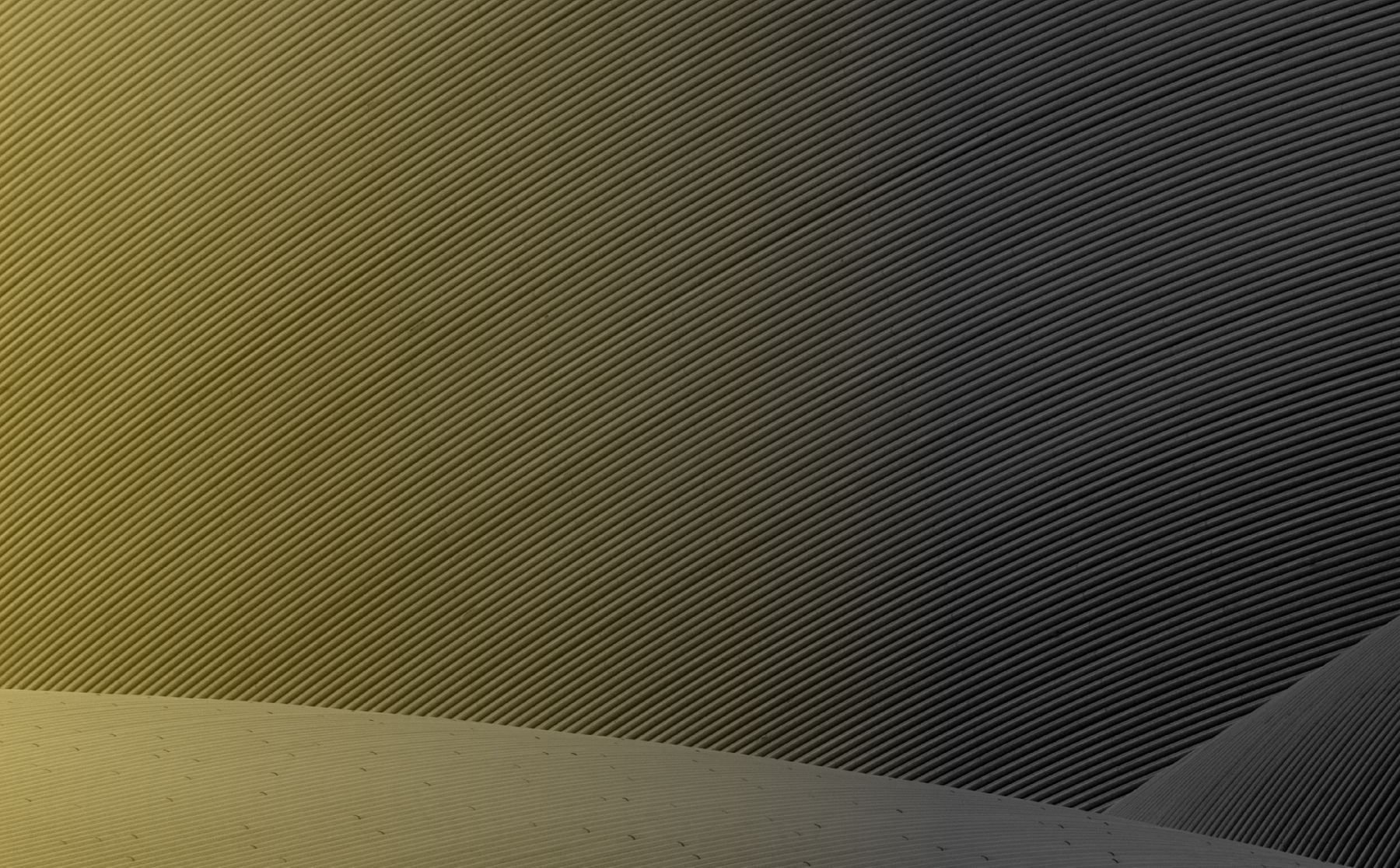Beyond the Challenge: What Else Tanween Could Inspire
The poet Ralph Waldo Emerson said, “It’s not the destination, it’s the journey.” The same goes for creating. The end result, to see our dream project complete, is our muse. The goal is our inspiration to keep going, when in fact, we should focus on the journey of creating. Creators use tools to manufacture their dreams into reality, and with Ithra’s fourth Tanween Creativity Season launched under the theme, ‘Tools: Crafting Creativity’, participants are compelled to unleash their creativity and upsurge their skills.
As the Saudi people experience and grow by leaps and bounds towards the Kingdom’s anticipated future, Ithra has a toolbox for creativity, inspiration and connection. The Tanween Challenges offer small opportunities to big changes. These challenges beg the question of what could be. The challenges this year target creative individuals and professionals, from graphic designers to architects. If we think of the possibilities of what could transpire after these challenges, participants could strengthen their love of graphic design, architecture, and other creative realms.
Tanween Challenges pushes past the ‘what-if’
Tanween Challenges pushes past the ‘what-if’ phase of creativity and dives into the process of actually creating. The challenges were built as opportunities for participants to take that extra step to move beyond theory and apply their innovation and creative skillset into a real, completed project. The challenges allow participants to work directly with a real partner to create and reach a tangible outcome in an inspiring and supportive environment in Ithra’s Idea Lab. Ultimately, all the projects are built, tested, and ready to make an impact in the world. Throughout this process, experts and specialist resources support the creative process by filling in gaps of knowledge, allow for experimentation, and for ideas to be prototyped and communicated.
This year, the participants—whom included architects, furniture designers, graphic designers, and jewelry designers—expanded their skills and practiced in diverse challenges including book cover design, furniture, jewelry, architecture and more. Participants were able to expand their horizons and further explore their passionate interests or new fields of creativity. The challenges were also sponsored by respected brands in their fields including Ikea and Tashkeel Publishing House.
By the end of the challenge(s), the participants are satisfied with a completed, tangible project; and they have the satisfaction of not only reaching their goal, but also for expanding their skills and creating a new and improved journey of creation.
The Challenges and the Winners
The challenges comprised of seven challenges. Each challenge provided participants—individual or teams—to utilize the tools provided and to create in the respected fields. The winners created original, thought-provoking material and allowed their work to speak for itself.
Building Simplexity Architecture Challenge
As part of this post-digital agenda, the Building Simplexity Architecture Challenge seeks to overcome the construction complexities commonly associated with digital design through the simplest of means, using digital design tools as weapons-of-choice to root the work back in a human-centered construction reality. Its aim is to increase impact by targeting applicability not only in contexts of greater means, but also in developing construction environments where resources are scarce. This challenge was in collaboration with Attken Do It Center (Al Bawardi Group) and A/Prof. Dr. Ir. Architect Kristoff Crolla from the University of Hong Kong.
The winning project, titled “Faseelah”, was a celebration of Saudi Arabia’s palm tree heritage. The pavilion structure reflects the essence of a leaf and presents a similar moiré optical illusion of light streaming through palm fonds. The structure was designed by Architects Lujain Alatiq, Laian Abussaud, Sara AlMaddah, and Lama Dardas.
Design Between Architecture and Jewelry Challenge

It is evident through history that humans express themselves, and their way of life, through art, architecture, design, and jewelry. Architecture, however, is an integral part in the story of the human development. It shapes societies, improves lives, and stands to represent who we are and how we see ourselves. Jewelry is personal, worn on the body but also, like architecture, can be representative of our status and be an expression of our personality. This challenge was in collaboration with the Design Studio by Azza Fahmy.
In this challenge, the goal is to discover the traditional architectural identities and its transition into our modern times. The winners include, Nouf Abdulaziz Alsuhli from the Southern Region in Saudi Arabia and her winning gold necklace, Aicha Abbas from the Middle Region in Lebanon
with a stunning bold necklace, and Abeer Khafaja from the Western Region in Saudi Arabia with a collar necklace and beautiful designed pendant.
From Idea to Bookshelf Challenge
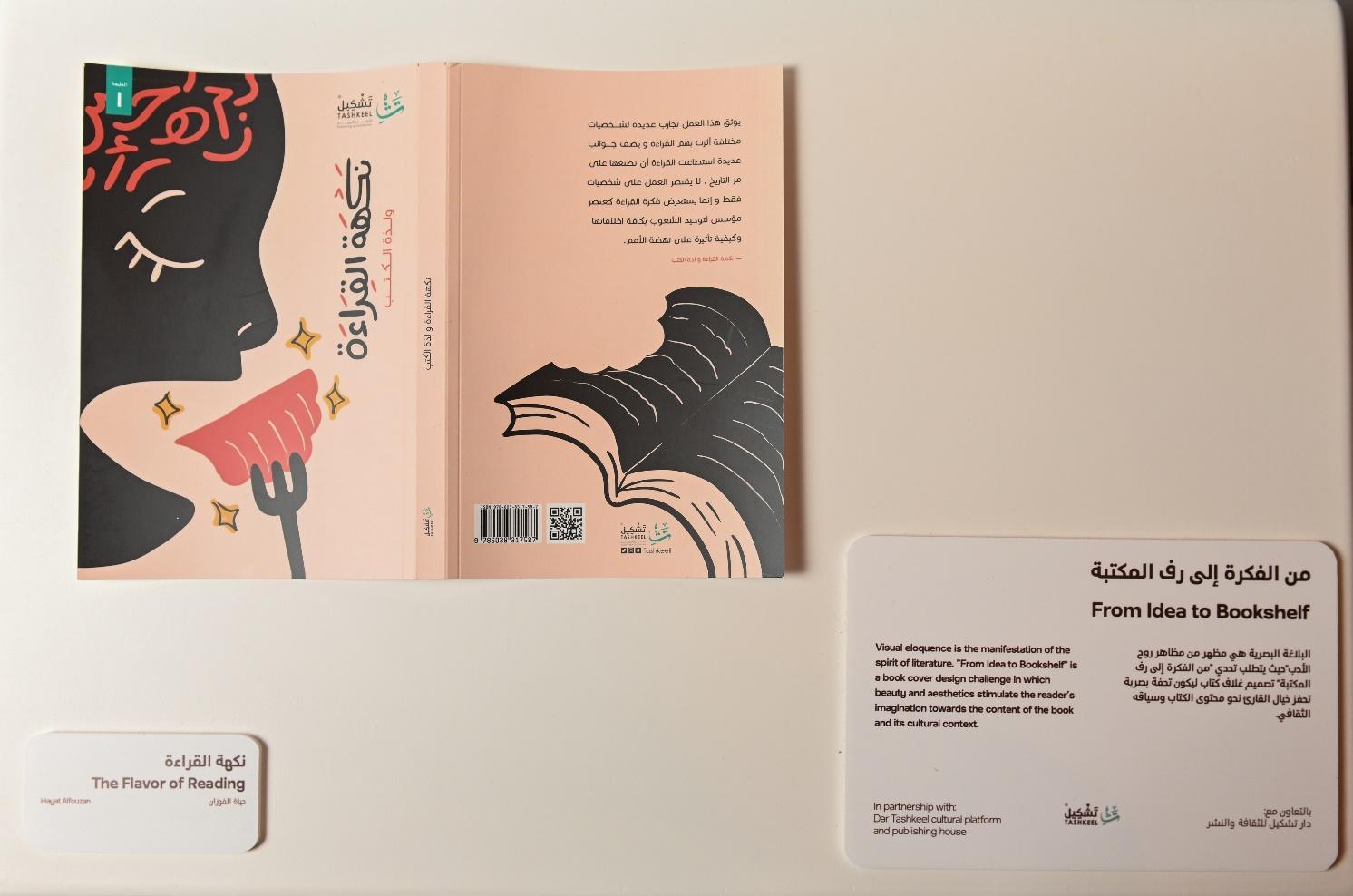
Since the time of Al-Jahiz, ornate and illuminated books have been attacked by claiming that they are external decoration that obscures the content shallowness. When, in fact, the first thing that draws us to a book is its cover.
During the challenge, participants designed a cover—allowing beauty to embrace the spirit of the literature. To create a visual masterpiece that stimulate the reader's imagination towards the content of the book, its ideas thoughts and cultural context. This challenged worked directly with Tashkeel Publishing House to design a book cover that goes from idea to bookshelves and reaches the readers' hands.
In partnership with Dar Tashkeel Cultural Platform and Publishing House, the winner Hayat Alfouzan, a talented Graphic Designer,designed the beautiful cover “The Flavor of Reading”, showcasing a calm colorway and inviting design.
Furniture X Concrete Challenge
A symbol of contemporary construction, concrete has grown in popularity in the world of furniture, first used as early as the 1950s. Brutalist architects, including Marcel Breuer and Paul Rudolph, were champions of the materials used. In this challenge, participants used concrete to develop a piece of furniture and experienced new ways of mold making, types of concrete material and production techniques to create their piece, with guidance and support from experts from IKEA.
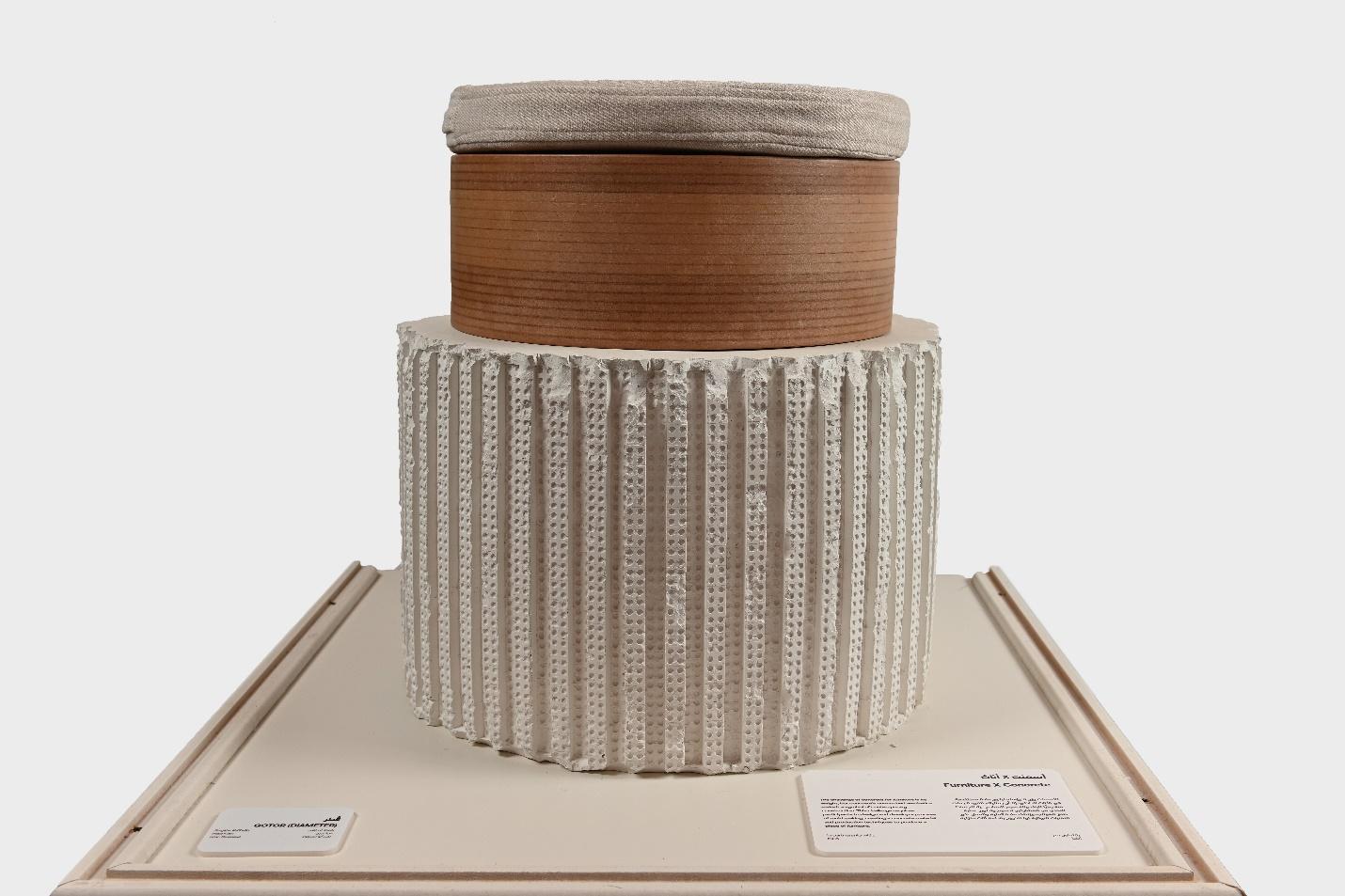
In partnership with IKEA, the winning team includes Shaykha Al-Ghalib, Heba Nabil, and Laian Abussaud, with their piece “Qotor (Diameter)”, featuring a functional versatile stool designed for small spaces. Its circular shape is designed to break the monotony of lines within a space. Its functional design can turn it into a stool, side table, foot rest, pot and storage.
The other winning team with Sarah Al-Maddah, Shayma Al-Omran, and Somaiah Khudhair, include their piece “Skåne”, an unconventional, versatile stool made of concrete mix. LEGO
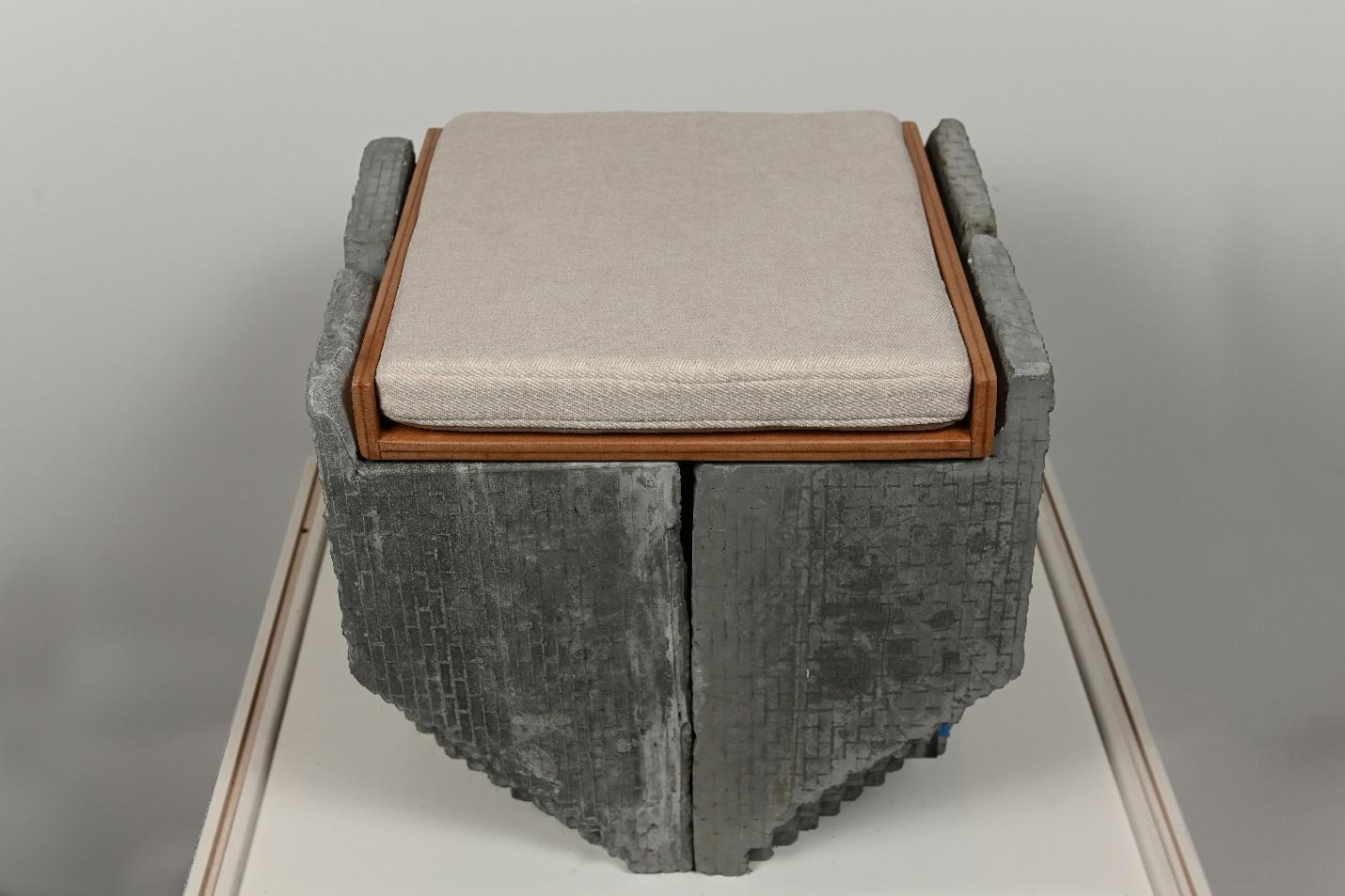
cubes were used to create Muqarnas elements, using simple forms to create more complex ones.
From Manuscript to Contemporary Design Challenge
Taking inspiration from our cultural heritage, participants in this challenge studied typographic, graphic and layout traditions used in Ithra’s Museum collection of Arabic-Islamic manuscripts. The challenge was in collaboration with Hundred Best Arabic Posters, a dynamic platform that aims to document the Arab world’s visual culture through selecting and highlighting the best Arabic posters of the region. A total of six winners were chosen for this challenge for their beautiful and creative manuscript designs, including Hey Porter/Tawfiq, Celiné Raffy, Haya Saad Alyahya, and Arwa AlShammari.
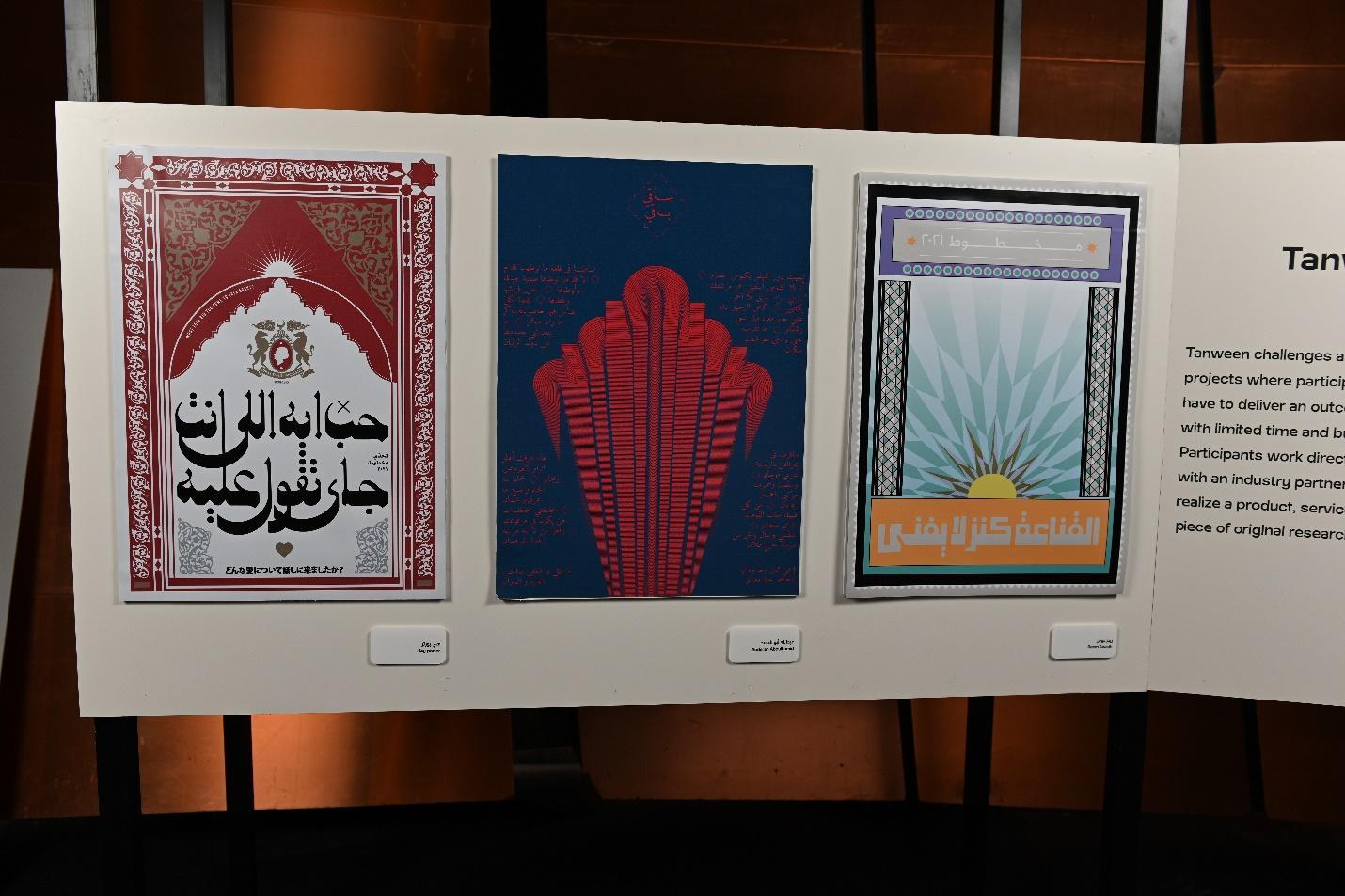
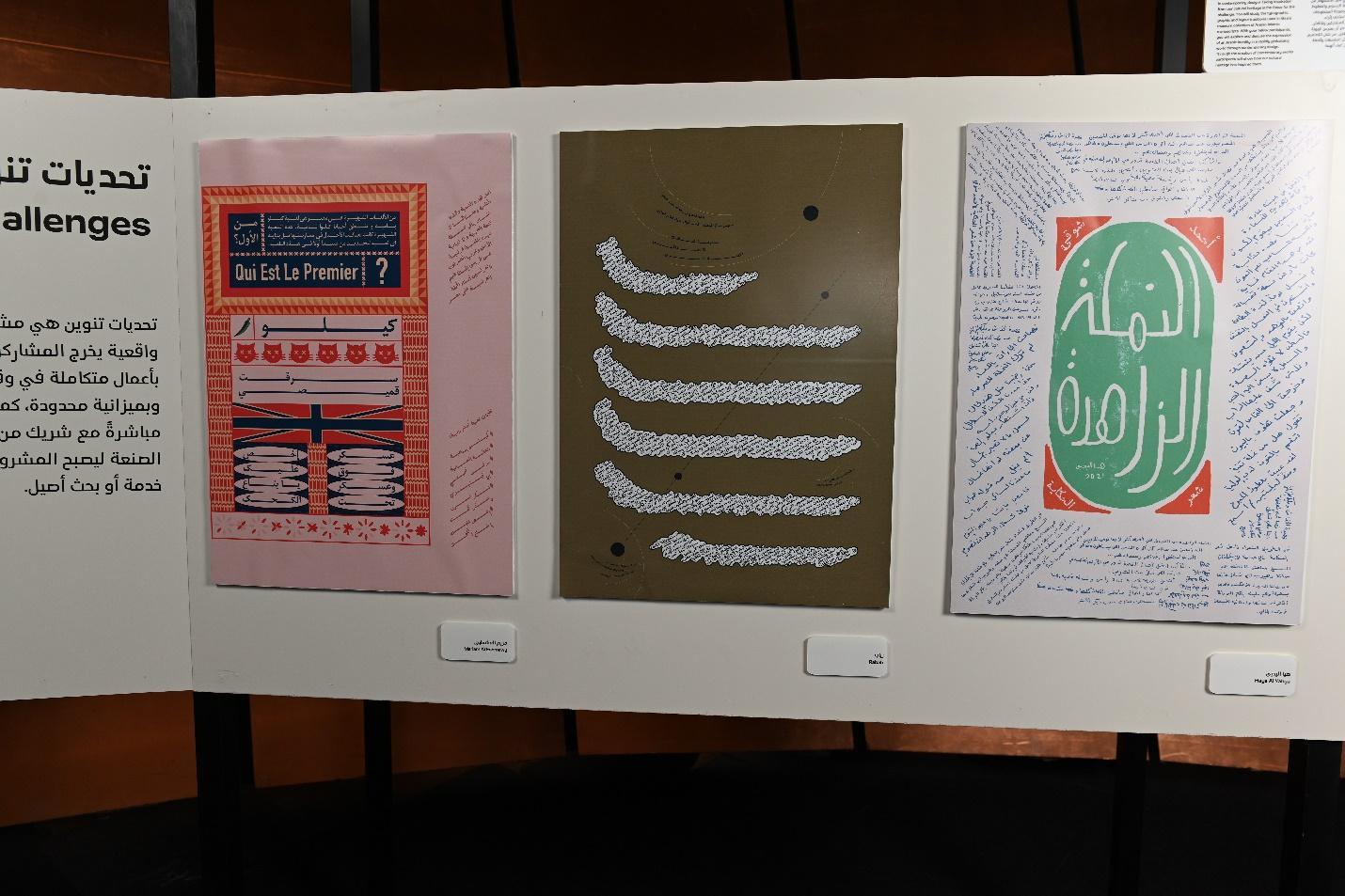
Sounds of the City Challenge
As times change, cities change in ways that make people think, motivating them to try to preserve stories and landmarks that might otherwise be forgotten. Artworks have the power to implant what can’t be forgotten. In the Sounds of the City Challenge, in collaboration with Kurcume, participants worked through digital search technologies and traditional archives to develop modern artistic models capable of conveying our personal experiences that might lead to performing arts that embody the dynamically shifting relationship between people and earth.
Kurcume’s work is not limited to hypothetical thoughts. It incorporates the technologies of field research, including a tour of Al Khobar to reach for ideas that could embody the forms of the artworks that best convey ways of thinking.
The winner of this challenge was Ali AlHarbi, with his piece titled, “Letter and Dot.”
Communicating Architecture
The professional practice of architecture is, in its essence, a management and communication practice. During the life of the project, the architect must manage and communicate well with all stakeholders. Communicating architecture with an inexperienced client can be challenging from the extracting of the design brief, defining the actual requirements and to need to propose solutions and explain limitations. Join us in an exciting design challenge to improve how we can share an architectural idea with the client, the planners, the engineers and the communities impacted.
The winning teams of this challenge are Sultan Alfraidi and Omar Algushairi, and Abdullah Aljudaybi and Loulwa Alshalan.
Beyond the Challenge
Tanween Challenges helps creatives, designers, professionals and even encourages dreamers to take the leap and dive into creating. The challenges push the participants past doubt and fear to truly make their dreams into concrete achievements.
Stepping into the unknown has the ability to push us to unexpected waters, and even beyond our goals. Sometimes, reaching your goal is the best motivation to surpass it and break new targets, previously unthought of. The courage to learn and start something new, brings unpredicted desirable outcomes.
Taking on a new hobby could sounddaunting, but having a mindset to enjoy a new challenge allows creators to simply create rather than worry over how it turns out. Being challenged can encourage a healthy dose of self-discipline. Just as we complete tasks handed to us by our bosses at work or teachers at school, as natural creators, we need to carry the same responsibility in our personal goals and challenges that we aspire to achieve.
With Tanween Challenges and other game-changing programs, Ithra is paving the path toward a creative destination for Saudi creatives. The five pillars (creativity, culture, community, art and knowledge) not only mold Ithra, but the possibilities of each creative in the Kingdom.
Whether you participated in Tanween Challenges or not, take this as a reminder to challenge yourself and relish in the journey of learning and creating. Believe that you can not only reach your goals, but surpass them.


